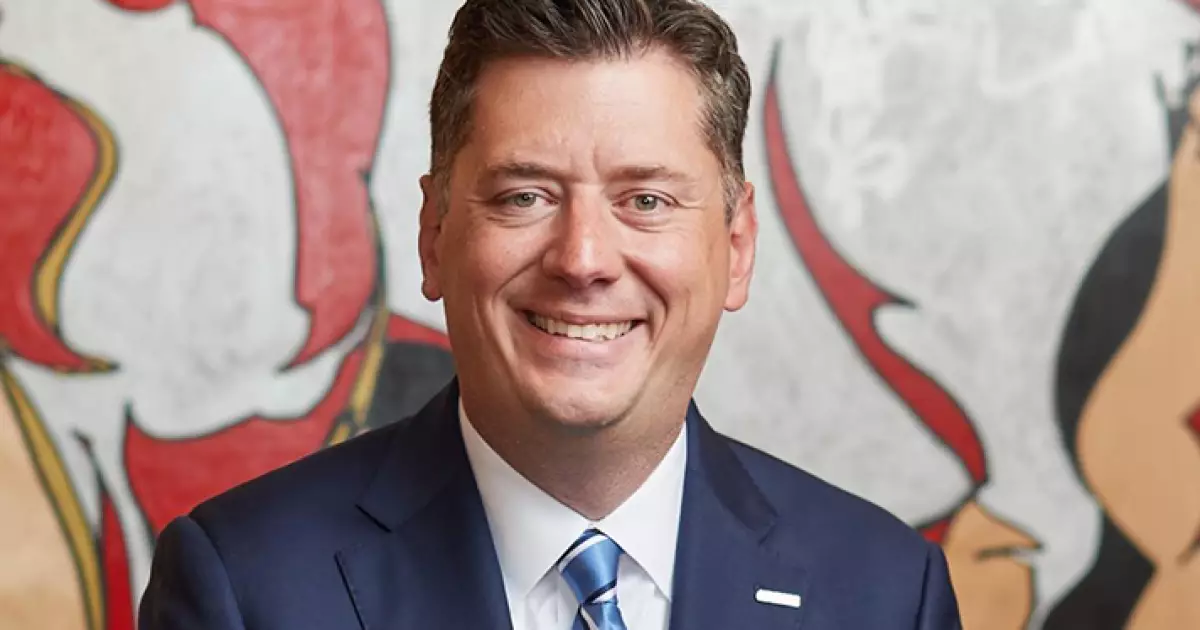In a bold vision for Oklahoma City’s sports landscape, the city council has given the green light to a monumental deal ensuring that the Oklahoma City Thunder will remain an integral part of the community until at least 2053. This isn’t just another sports deal; it signals a long-term commitment that could define the city’s social and economic trajectory for decades. The approved arena use license agreement, a staggering 115 pages, guarantees a new arena that represents a $900 million investment. But what does this mean for the taxpayer, and is it genuinely a deal worth pursuing?
A Costly Commitment with a Potential for Profound Returns
The city is prepared to issue close to $787 million in tax-exempt bonds to finance this ambitious project, backed by a revised Metropolitan Area Projects (MAPS 4) sales tax. While proponents laud this as a forward-thinking effort to enhance local infrastructure and bolster the economy, it’s essential to scrutinize who ultimately bears the burden of this hefty bill. At a time when public funds are strained, the city’s move to extend a sales tax, which has already proven controversial, raises valid concerns regarding fiscal responsibility and taxpayer equity.
The commitment from the Thunder to stay in Oklahoma City for 25 years is laced with penalties totaling over $1 billion should the team jaw-droppingly decide to pack its bags early. However, these penalties should not be viewed merely as safety nets. Instead, they highlight the city’s desperation to anchor the team within its borders. While sports can undoubtedly bolster civic pride, one must question whether tying the city’s hopes to a single franchise is the wisest course of action.
The Local Impact: Benefits or Burdens?
The proposed facility, a remarkable 750,000 square feet set to replace the current 586,000-square-foot Paycom Center, may promise increased capacity and enhanced amenities, but at what cost? Beyond the initial financing, ongoing operational and maintenance responsibilities will fall squarely on the city. This arrangement could detract from other critical community investments in areas like education, healthcare, and infrastructure that have historically languished for lack of funding.
With a targeted completion date of June 2028, questions mount regarding whether such considerable funds could yield substantial returns that benefit all residents rather than a select few. The city’s projection that nearly $976 million will be raised through the extended sales tax is reliant on optimistic annual growth rates—assumptions that are far from guaranteed.
The Future: A Balanced Approach Required
As we navigate this new chapter for Oklahoma City, it is imperative that the voices of taxpayers are not silenced. Yes, the Thunder can serve as a significant cultural touchstone, but investing heavily in exclusive sports infrastructure while other essential services face cuts risks alienating the very populace it seeks to uplift. Center-right liberalism advocates for pragmatic solutions that fuel growth while also protecting public interests—these conversations must not get lost in the excitement of a new arena.
Moving forward, officials and the community must work together to ensure that investments in the Thunder’s future do not eclipse the broader needs of Oklahoma City’s residents. Balancing these interests will be crucial to crafting a community that thrives both on and off the court.

